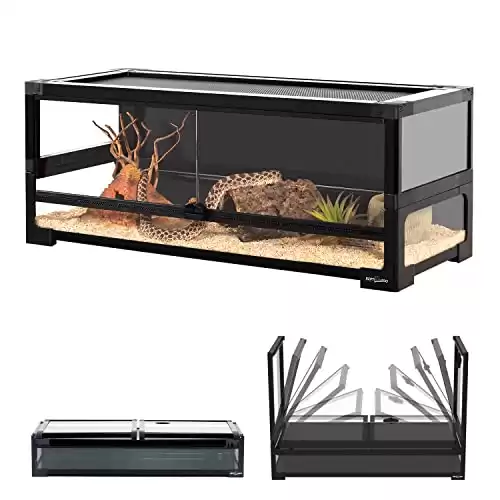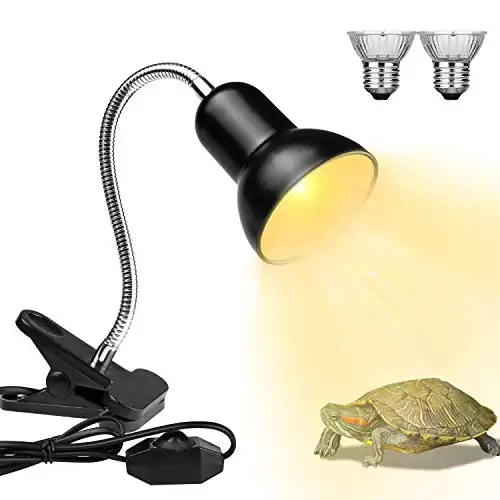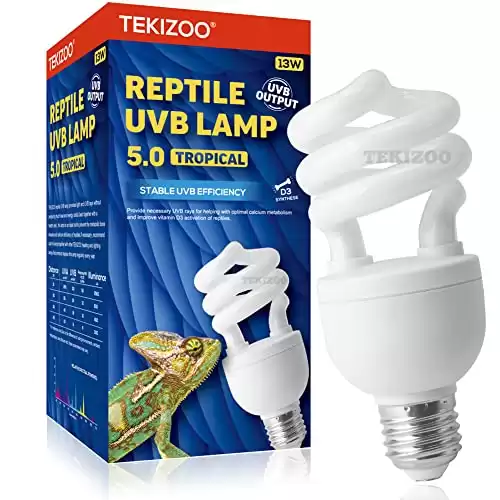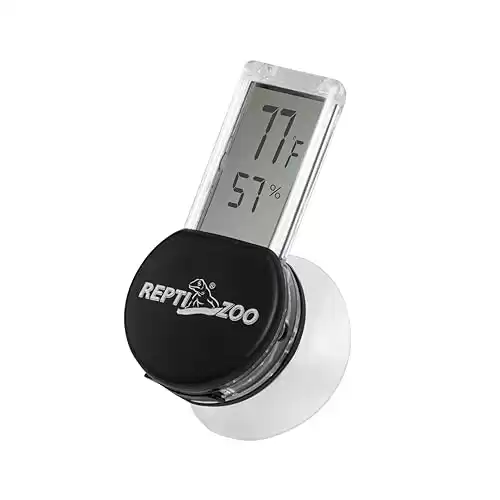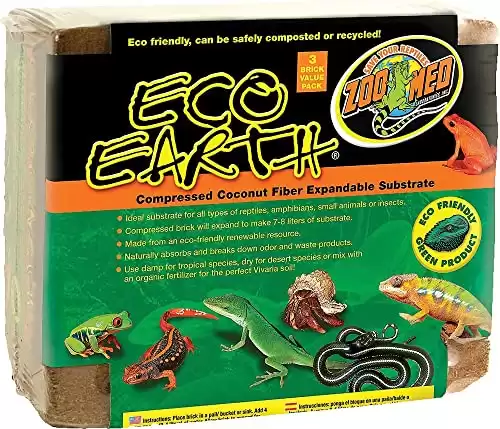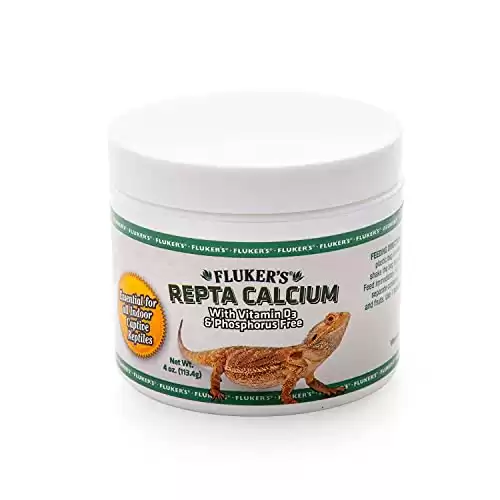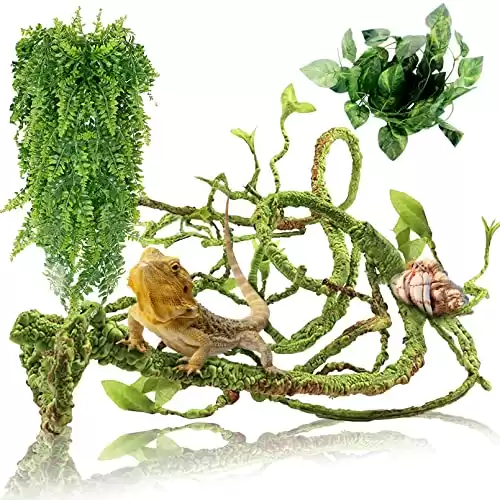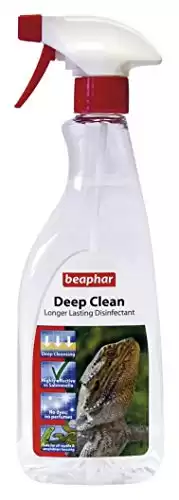Snow leopard geckos are a beautiful and unique morph of the leopard gecko. They’re characterized by their pale yellow or white coloration with black spots or blotches.
These friendly reptiles are low-maintenance and relatively easy to care for. So, if you’re interested in bringing home a reptile, be sure to check out this docile gecko.
Let’s find out more about these attractive pet geckos.
Description of Snow Leopard Geckos
Snow leopard geckos are relatively easy to care for. You’ll find they make great pets, especially if you’re new to the world of reptiles. They’re also relatively inexpensive, so you won’t have to break your budget.
Characteristics

The snow leopard gecko (Eublepharis macularius) is a popular morph of the leopard gecko. It’s characterized by its pale yellow or white coloration, with dark spots or blotches.
These easy-going reptiles are typically smaller than other leopard gecko morphs and have a more slender build. Here are a few more key features:
- Pale yellow or white coloration with black markings
- Smaller than other leopard gecko morphs
- Large eyes
- Rough, bumpy skin
- Prehensile tail
Subspecies
The term “subspecies” is used to describe a group of animals within a species that have distinct physical characteristics and are geographically isolated from other members of the species.
Snow leopard geckos, on the other hand, are simply a type of morph known for their unique color variation bred from the common leopard gecko. They can be found all over the world, and, as of writing this post, there hasn’t been any evidence found that shows they’ve evolved into distinct subspecies.
Color Morphs of Snow Leopard Geckos
Here are some of the more common color variations of the snow leopard gecko.
Basic Colors
There are three different forms of snow leopard geckos: wild types, mack snows, and super snows. Wild type snow leopard geckos have the least amount of melanin and are therefore the lightest in color.
Alternatively, mack snow leopard geckos have a medium amount of melanin, whereas super snow leopard geckos have the most amount of melanin.
However, all three forms of snow leopard geckos are still considered to be the same species.
Deep Orange Morphs
The tangerine snow leopard gecko is a rare and beautiful morph of the snow leopard gecko. It’s characterized by its deep orange coloration, with either no spots or very faint spots. Tangerine snow leopard geckos are more diminutive in size and build than other snow leopard morphs.
These vibrant geckos are a relatively new morph still being developed by breeders. As a result, they can cost more than their snow leopard counterparts.
However, their popularity is growing, and you’ll find that they’re becoming more and more available.
Citrine Morphs
Citrine snow leopard geckos are a beautiful and unique morph of the leopard gecko. They’re a combination of Hypo Tangerine geckos with high oranges, yellows, and greens.
These striking reptiles are characterized by their pale yellow or white coloration, with dark spots or blotches. Their tails are typically pale white with dark spots and stripes.
Captive Care for Snow Leopard Geckos
Here are some basic housing, diet, and care requirements to ensure your gecko lives a long and healthy life.
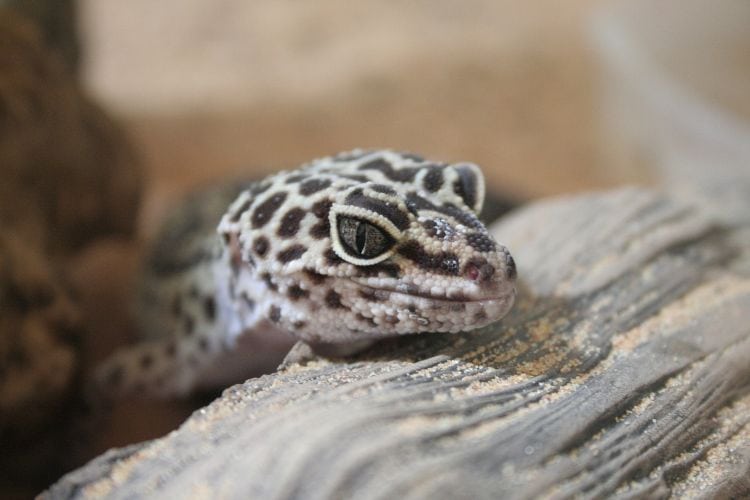
Housing Requirements
Snow leopard geckos can be kept in a variety of enclosures, such as glass terrariums, plastic tubs, and wooden vivariums. The enclosure should be large enough for the gecko to move around comfortably. A 20-gallon tank should be ideal.
It should be filled with a fair amount of plants and a couple of hiding places for the gecko to feel safe. Also, be sure to add a basking spot, a UVB lamp, and a suitable substrate to cover the bottom of the tank.
Diet and Health Care Needs
As with all types of leopard geckos, the ‘snow’ morph is an insectivore, which means their main diet preference is live insects, such as mealworms, locusts, crickets, and roaches.
Here are a few basic care tips to keep your pet gecko happy:
- Add a tank heater to keep the environment warm, dry, and at a temperature gradient of 75–85℉
- A UVB lamp to provide essential vitamin D3
- A variety of live insects to eat
- A hiding place to feel safe
- A shallow water dish filled with fresh water every day
Common Illnesses
Snow leopard geckos are generally healthy reptiles, but they are susceptible to some illnesses, including:
- Metabolic bone disease (MBD): A common illness in reptiles, caused by a deficiency of
calcium and vitamin D3. - Impaction: Impaction A blockage of the digestive system caused by eating sand, substrate, or other objects that cannot be digested.
- Parasites: Snow leopard geckos can be infected with a variety of parasites, including internal parasites such as worms and coccidia, and external parasites such as mites and ticks.
- Respiratory infections: Snow leopard geckos are susceptible to respiratory infections, such as pneumonia.
- Dysecdysis: A condition in which the gecko has difficulty shedding its skin.
- Egg binding: Egg binding is a condition in which a female gecko is unable to lay her eggs.
Wild Snow Leopard Geckos
Snow leopard geckos are bred in captivity and aren’t found in the wild. This is because the snow leopard gecko is a morph of the leopard gecko specifically bred for novice and experienced reptile lovers.
Below is a quick overview of the common leopard geckos as they can be found in the wild.
Natural Habitats
Leopard geckos are native to the rocky deserts and grassland areas of Afghanistan, Iran, Pakistan, India, and Nepal. They inhabit arid and semi-arid areas with sparse vegetation and clay or sandy soils, as well as rocky habitats where crevices can be used as shelter.
They reportedly avoid areas where the primary substrate is sand. Leopard geckos may also be found in arid forests of Nepal and Pakistan, and are reported to shelter under loose bark of trees in these environments.
Diet and Behavior
In their natural habitat, leopard geckos are nocturnal and spend the day hiding in rock crevices for shelter or under other objects. At night, they come out to hunt for insects and other small animals.
Leopard geckos are an important part of the arid desert ecosystem. They help to control populations of insects and other small animals. Leopard geckos are also preyed upon by a variety of animals, such as snakes, owls, and foxes.
Breeding Habits
Leopard geckos are seasonal breeders, and their breeding season typically runs from January to September. During this time, male leopard geckos will become more territorial and aggressive.
After mating, the female leopard gecko will lay 2–4 eggs in a moist hiding place and may lay up to 6 clutches of eggs per season. The incubation period for leopard gecko eggs is typically 30–60 days, and the temperature of the incubator will determine the sex of the hatchlings.
Leopard gecko hatchlings are independent and start feeding on their own within a few days of hatching.
To Sum Up
Snow leopard geckos are stunning reptiles with a friendly demeanor, making them a great choice for pets. If you’re considering getting a leopard gecko, the snow leopard morph is a great option to consider.
With proper care, your fun and friendly gecko can live for up to 20 years. Just be sure to do your research and find a reputable breeder.

